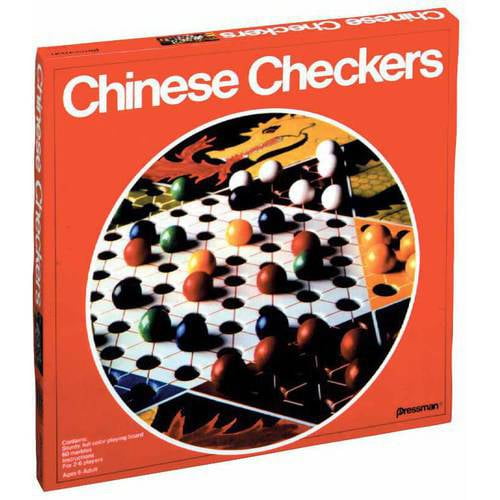


(In some instances a player may choose to stop the jumping sequence part way in order to impede the opponent's progress, or to align pieces for planned future moves.) It is not mandatory to make the most hops possible. Red might advance the indicated piece by a chain of three hops in a single move. A hop consists of jumping over a single adjacent piece, either one's own or an opponent's, to the empty space directly beyond it in the same line of direction. In the diagram, Green might move the topmost piece one space diagonally forward as shown. Turns proceed clockwise around the board. There is no capturing in Sternhalma, so pieces that are hopped over remain active and in play. A player may not combine hopping with a single-step move – a move consists of one or the other. Players take turns moving a single piece, either by moving one step in any direction to an adjacent empty space, or by jumping in one or any number of available consecutive hops over other single pieces. In "hop across", the most popular variation, each player starts with their colored pieces on one of the six points or corners of the star and attempts to race them all home into the opposite corner. (On bigger star boards, 15 or 21 pieces are used. Each player has 10 pieces, except in games between two players when 15 pieces are used. The aim is to race all one's pieces into the star corner on the opposite side of the board before the opponents do the same. A single move can consist of multiple hops each piece hopped must be directly adjacent, and hops can be in any direction.


 0 kommentar(er)
0 kommentar(er)
